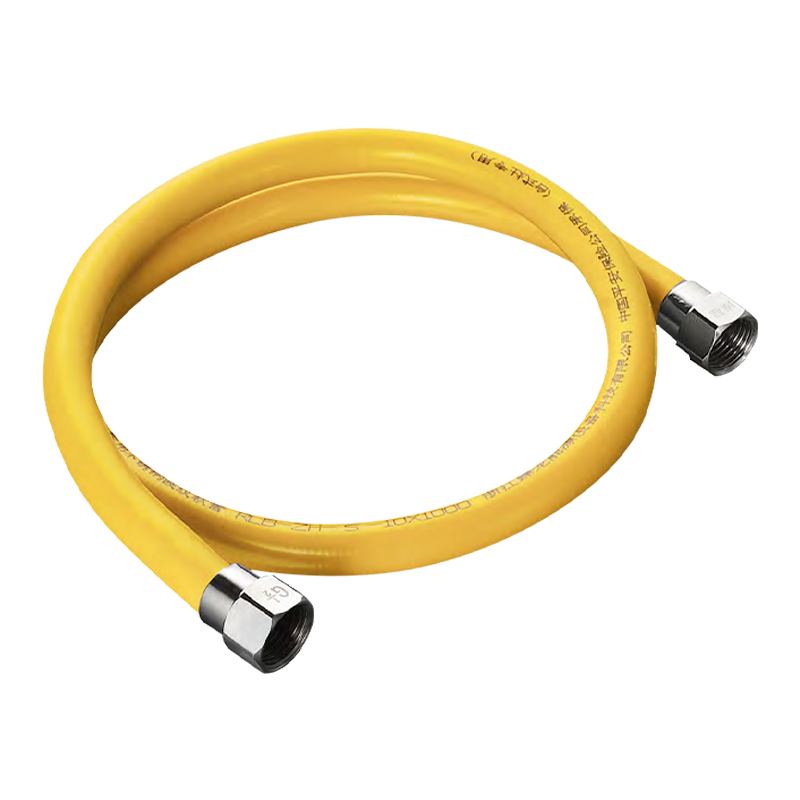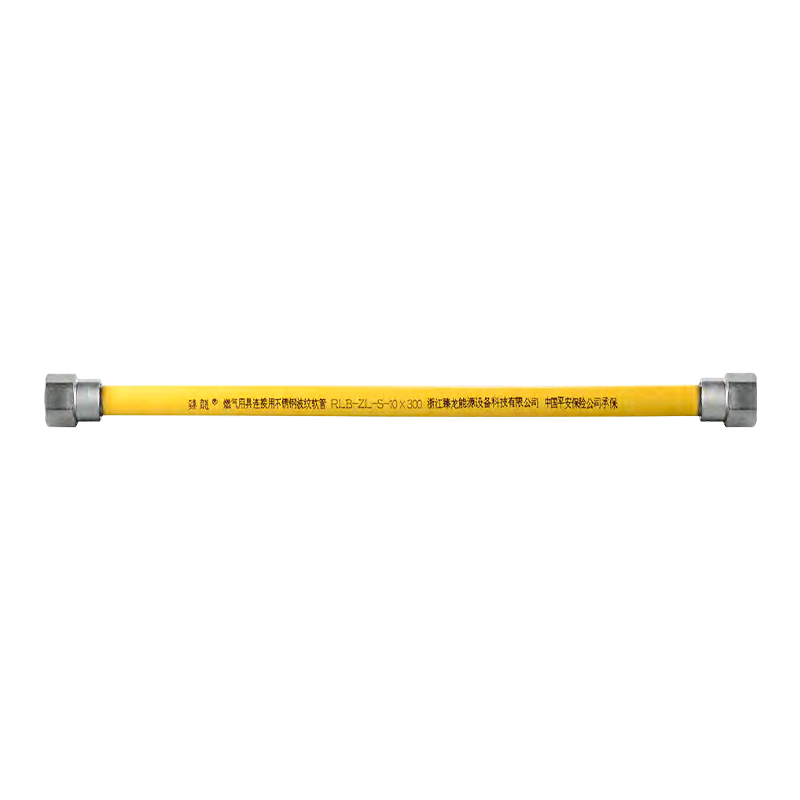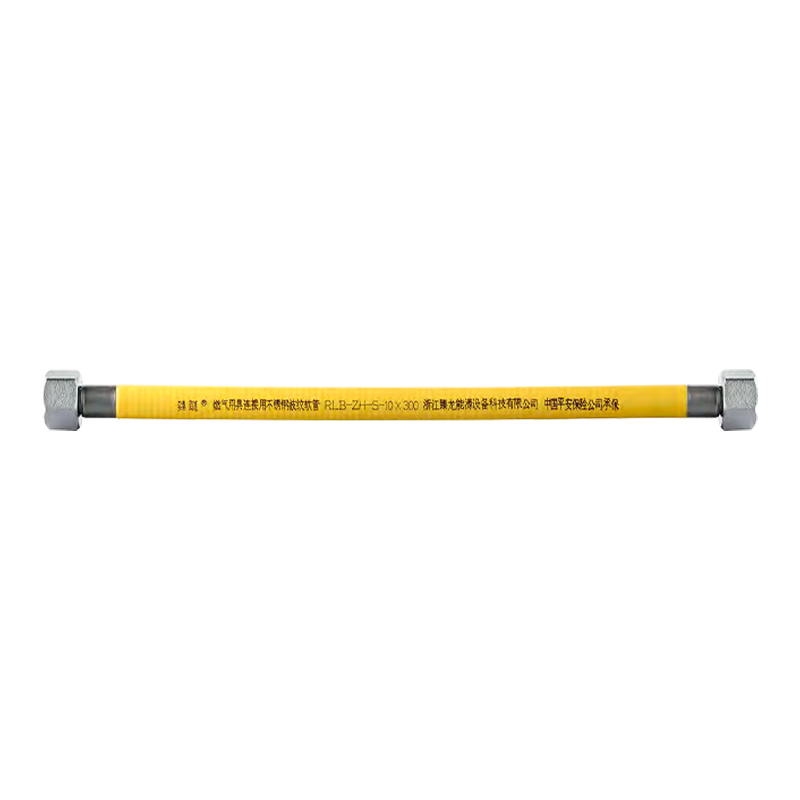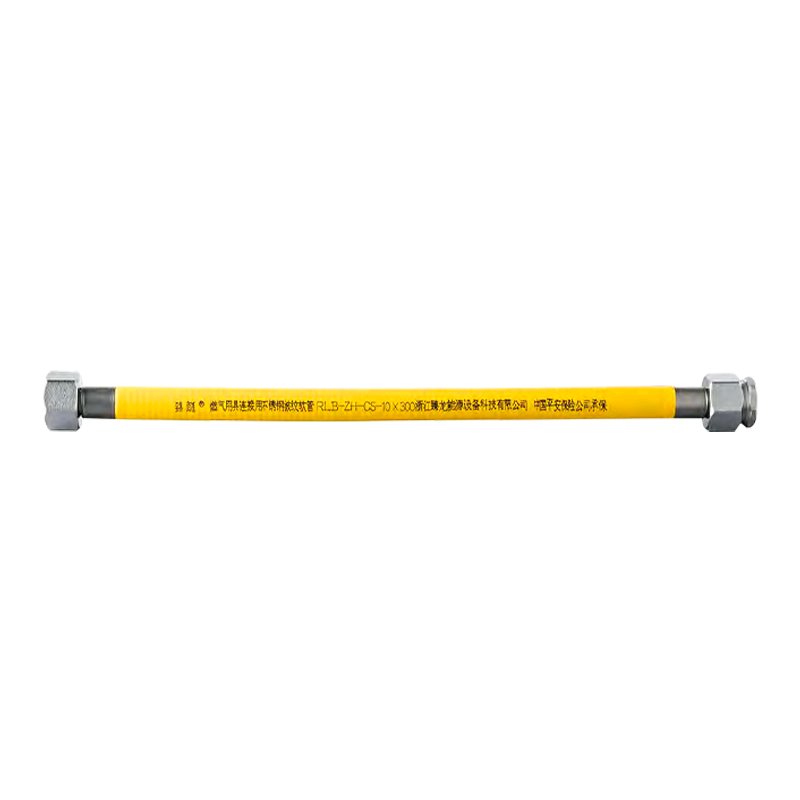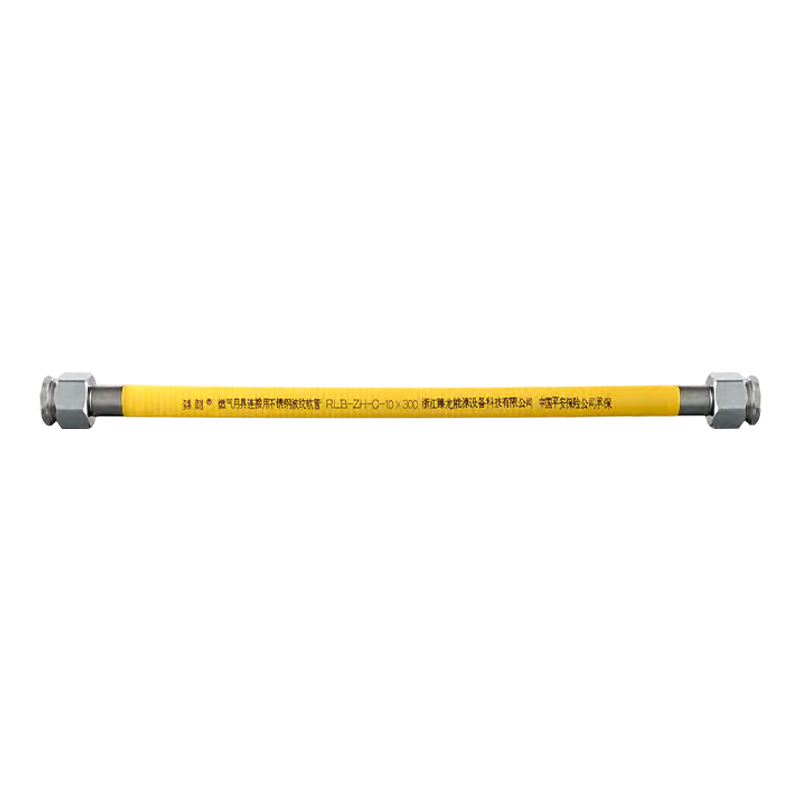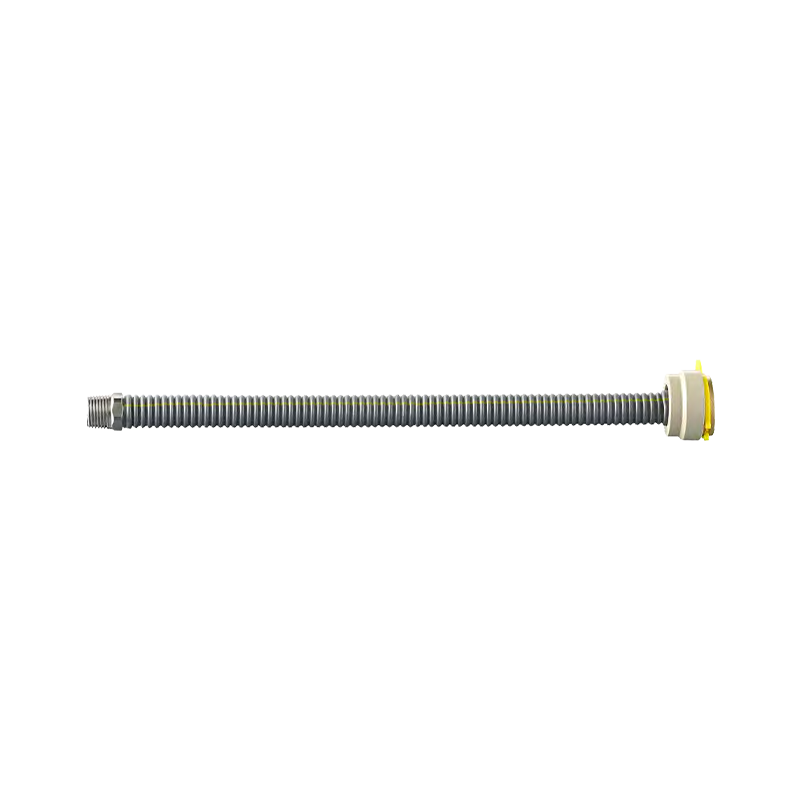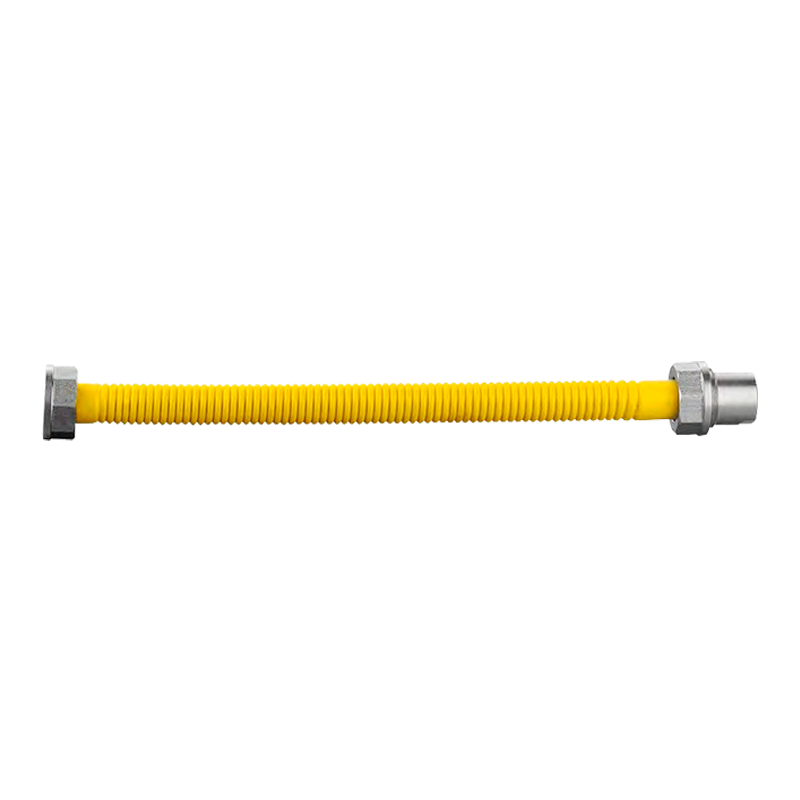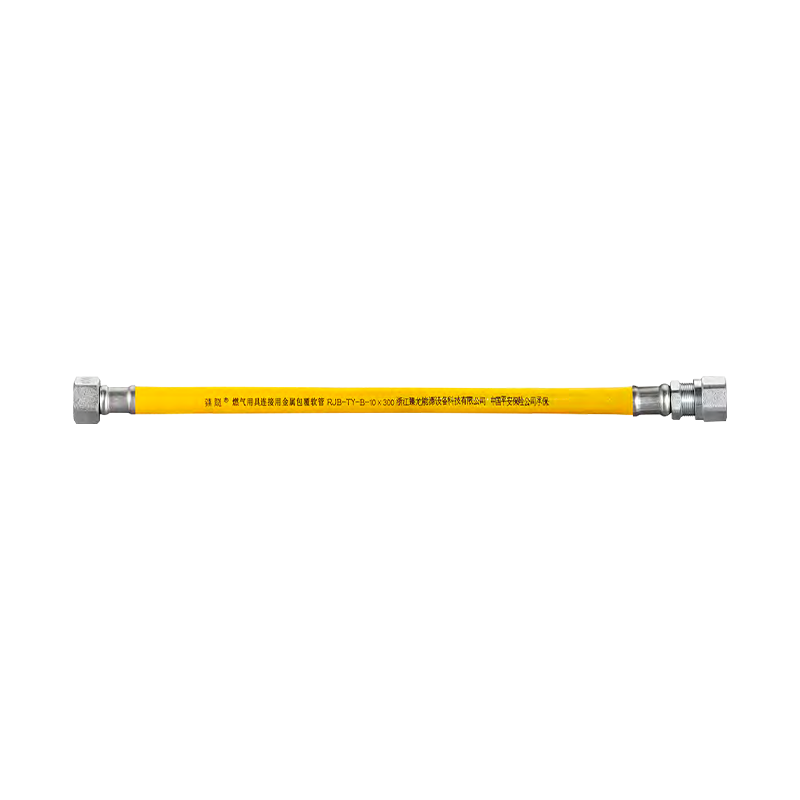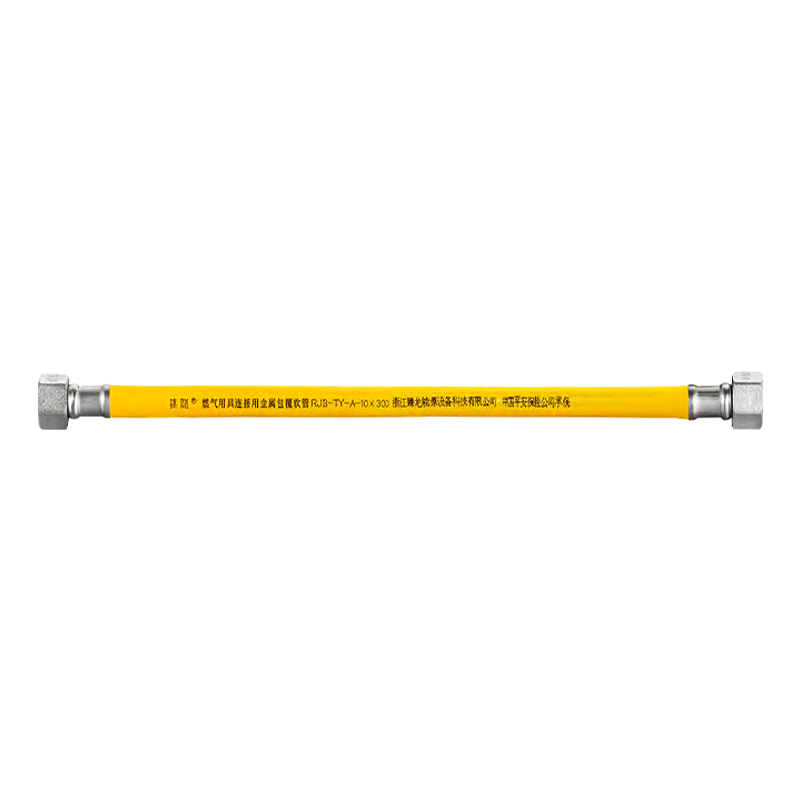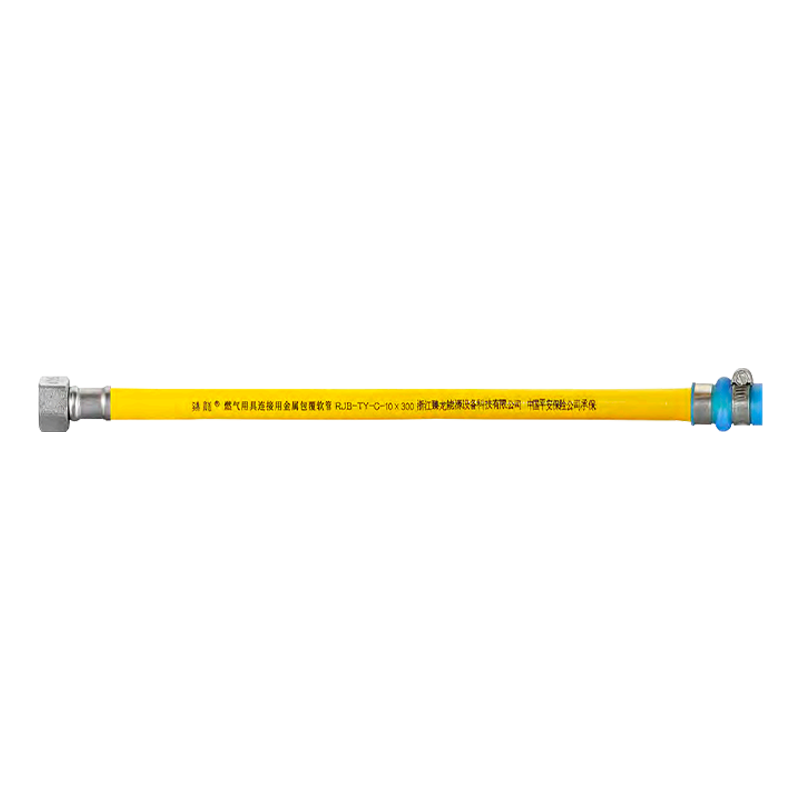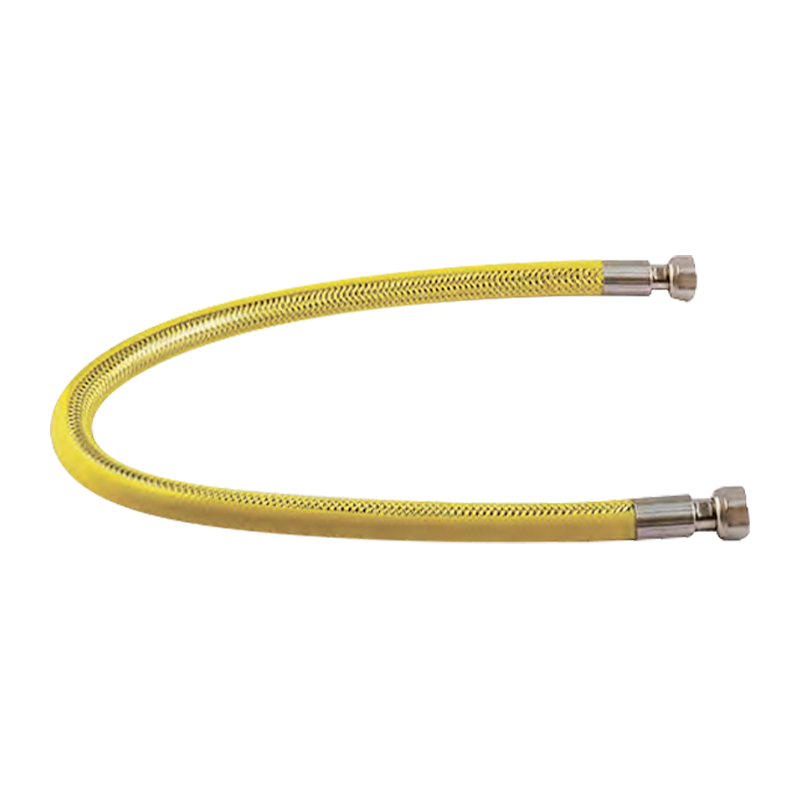Content
1. Causes of Scale and Green Rust on Stainless Steel Plumbing Bellows
Scale (Calcium Carbonate Deposits)
Source: Hard water areas (high calcium and magnesium ion content), which crystallize upon heating.
Damage: Narrower pipe diameter → Reduced water flow and decreased heat exchange efficiency.
Green Rust (Verdigris/Basic Copper Carbonate)
Source: Reaction of copper connectors with moisture and oxygen (commonly found at copper-stainless steel interfaces).
Damage: Corrosion of gaskets, leading to leaks.
2. Cleaning Methods (Select by Contamination Type)
Scale Removal Method
① White Vinegar Soaking Method (Mild Scale)
Steps:
Remove the bellows and rinse the interior with clean water to remove impurities.
Pour in a 1:1 solution of white vinegar and water and let it sit for 2 hours.
Gently scrub the interior with a soft-bristled brush until the vinegar odor is gone.
② Citric Acid Dissolution Method (Severe Scale)
Steps:
Add 20g of food-grade citric acid per liter of warm water (50°C) and pour into the pipe.
Soak for 4-6 hours (extend to 12 hours for stubborn scale).
Flush with a high-pressure water gun (pressure ≤ 0.3MPa).
Note: Do not use hydrochloric acid or toilet cleaners (they corrode the passivation layer of stainless steel).
Rinse thoroughly after cleaning to avoid acid residue.
Green Rust Removal Method
① Baking Soda Paste (Surface Green Rust)
Steps:
Mix baking soda and water into a paste and apply to the rusted area.
Gently scrub with an old toothbrush and rinse with clean water.
② Specialized Patina Cleaner (Stubborn Patina)
How to Use:
Choose a patina cleaner containing benzotriazole.
After spraying, let it sit for 5 minutes, then buff with a cotton cloth.
Note: Wear gloves when handling and avoid contact with skin.
After cleaning, apply a small amount of petroleum jelly to prevent oxidation.
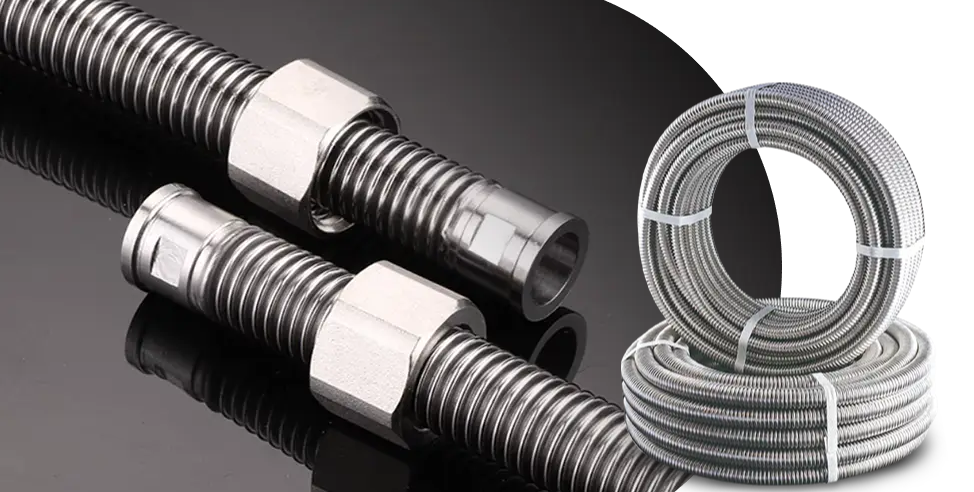
3. Preventive Measures (Long-Term Solution)
Inhibit Scale Formation
Install a magnetized water treatment system: This changes the structure of calcium and magnesium ions and reduces crystallization.
Drain pipes regularly: Flush them monthly (especially for floor heating systems).
Prevent Green Rust
Apply sealant to joints: Choose a waterproofing paste containing polytetrafluoroethylene (PTFE).
Replace compatible accessories: Use stainless steel bellows with stainless steel connectors to avoid direct copper-stainless steel contact.
Routine Maintenance Recommendations
|
Frequency |
Operation |
Tools/Materials |
|
Monthly |
Check connections for leaks |
Paper towel (look for water stains) |
|
Semi-annually |
Remove pipe and flush |
Hose brush + citric acid |
|
Annually |
Replace gasket |
Silicone gasket |
4. FAQ about stainless steel plumbing bellows
- Can corrugated pipe be bent? Will this shorten its lifespan?
Bending Specifications:
Minimum bend radius ≥ 3 times the pipe diameter (e.g., DN20 pipe requires a minimum bend radius of 60mm).
Do not bend at sharp angles (sharp bends can cause metal fatigue cracking).
- Why is the bellows leaking at the joints?
Common Causes:
Deterioration of the gasket (it is recommended to replace the silicone gasket every 3 years).
Misaligned threads (during installation, tighten manually and then tighten with a wrench 1/4 turn).
- What water pressure can bellows withstand?
Pressure Standards:
Household Type: 1.6MPa~2.5MPa (National Standard).
Gas-only Type: ≥4MPa (must have armor).
- How to Identify Low-Quality Bellows?
Trap Guide:
Inspect the welds: High-quality pipes have even, burr-free welds, while low-quality pipes have rough welds.
Measure Thickness: Use a caliper. Be cautious if the wall thickness is less than 0.3mm. Check the certification: Look for the "GB/T 14525-2010" standard.
- Does the bellows need to be replaced regularly?
Replacement recommendations:
Normal water quality: 5-8 years (even if there is no visible damage).
Hard water/high temperature water: 3-5 years (scale accelerates aging).

 English
English 中文简体
中文简体 Español
Español عربى
عربى


